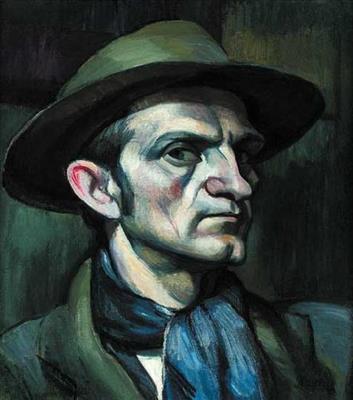
1889 - 1975
János Kmetty

description
An outstanding Hungarian painter and graphic artist, publicist and art theorist. Janos Kmetti was the first Cubist in his country and an influential teacher that educated a whole generation of young artists. Studying at the world-famous Julian Academy in Paris, he adopted the most advanced artistic traditions of Europe and enriched the art of Hungary with new avant-garde movements and painting methods. The career of the artist is tightly connected with the literary and artistic association Tett (Action), headed by Lajos Kassák. Together with a few associates, he was one of the founders of the New Society of Artists and its vice chairman in 1924. Kmetty also took an active part in the life of the art colony of Nagybánya and Szentendre and showed his works at collective exhibitions of Hungarian avant-garde artists both at home and abroad. In 1949, the artist was awarded the National Kossuth Prize – the honorary state award of Hungary; his autobiographical and theoretical works are important sources of information for art historians.
Key ideas:
– «The sense of my life is development in painting. Fantasy, the so-called “non-figurative” expression is a real art today, which denies the simple copying of nature. Imagination became the real content of the painting, and visual means create not a simple image of the world, but a personal feeling. This has nothing to do with decorative forms. This is not decorative art,” this statement of Janos Kmetti contains the main idea of his work and his life in art.
– The artist’s works, made in a bright Cubist manner, are elegant compositions with a clear structure and a thorough study of every detail. The expressive means and emotions in them are subordinated to a single goal – the search for order and harmony in painting. The sharply defined planes and faces, dynamic lines and geometric shapes, when combined, form an integral image, where each element is in its predetermined place.
– Portraits by Kmetti, in which the talent of the painter was fully manifested, are incredibly impressive. Full of life and energy, images of men and women, as well as often the artist himself, are lyrical and at the same time severe. They create a deep image, striking in its purity and richness of the art language of the author. The vibrant colour palette, mostly consisting of several shades of a certain colour scheme, complements the sense of the poise and impeccability of the works of Janos Kmetti.
– During almost his entire creative career, the artist’s painting had geometrization and orderliness of Cubism. Nevertheless, evolution influenced his colour palette and themes of paintings. Kmetty’s early portraits and still lifes created in dark colours and sometimes almost on a black background, slowly changed to brighter images with contrasting shades and expressive colour accents. Landscapes of the 1930s from Nagybánya and Szentendre, where the artist spent the warm season, lose their colours. They have muted, as if burnt tones and are less detailed. In the last years of his life, Janos Kmetty almost entirely devoted himself to depicting the views of his motherland. His forms became softer, more plastic, and the paintings of that period are characterized by harmony and peace.
1889
1909
1910
1911
1912
1917 - 1918
1924
1930
1931
1940
1959
1960
1975
János Kmetty was born
Studied at the Szable-Frisch Ferenc School of Painting in Budapest
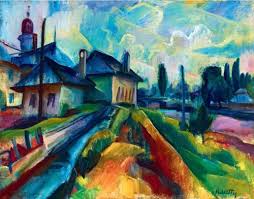
He participated in a large collective exhibition

Went to Paris
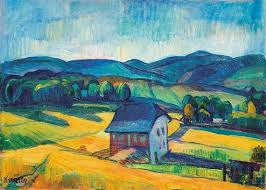
Created his first Cubist compositions

He participated in several metropolitan exhibitions of contemporary art

Was elected a member of the Baia Mare Artists Association

Often exhibited his paintings

The exhibition of the leaders of Nagybánya
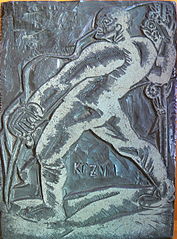
He became a member of the Szentendre Colony of Artists
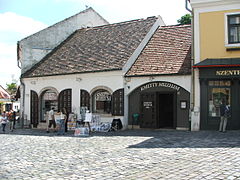
He was recognized as an outstanding artist of his country

He spent the last decades of his life in Szentendre

On November 16, Janos Kmetty died

